Home gardeners don’t need to be envious of the weed-free commercial landscapes and nurseries they have seen – with the help of a weed barrier, you too can benefit from a lush, weedless space. Weed barriers are simple tools, composed of material that stops weeds from growing. To reap the benefits, installing the barrier between your soil and garden mulch is key.
While the market holds a variety of weed barriers, they do not all yield the same effectiveness. Those manufactured from plastic or other man-made materials, in particular, can prove to be more detrimental to one’s soil than beneficial. Without proper aeration and hydration, these obstructions can overpower the ground below, resulting in vegetation losses and heightened erosion deterioration.
For an effective weed barrier, many gardeners look to natural solutions like burlap, straw or cocoa bean hulls. The appeal of these materials lies in their ability to allow water and air to still pass through the barrier without building up in the soil – and the added benefit of breaking down gradually over time.
All alone, a weed barrier won’t be enough to stop the occurrence of troublesome weeds. For best results, use weed barriers alongside alternative techniques such as mulching, hand-weeding, and certain herbicides to rid your garden of unwelcome pests.
Before weeds have the possibility of beginning their growth, it would be wise to install a weed barrier during the spring season. When using a synthetic form of barrier, though, it is important to ensure that you take it out at the conclusion of the season in order to avoid potential detriment to the earth.
Weed barriers are a useful asset for gardening enthusiasts, however, they should be incorporated with other weed elimination strategies such as mulching, tackling weeds manually, and application of herbicides for best results.
Related Product
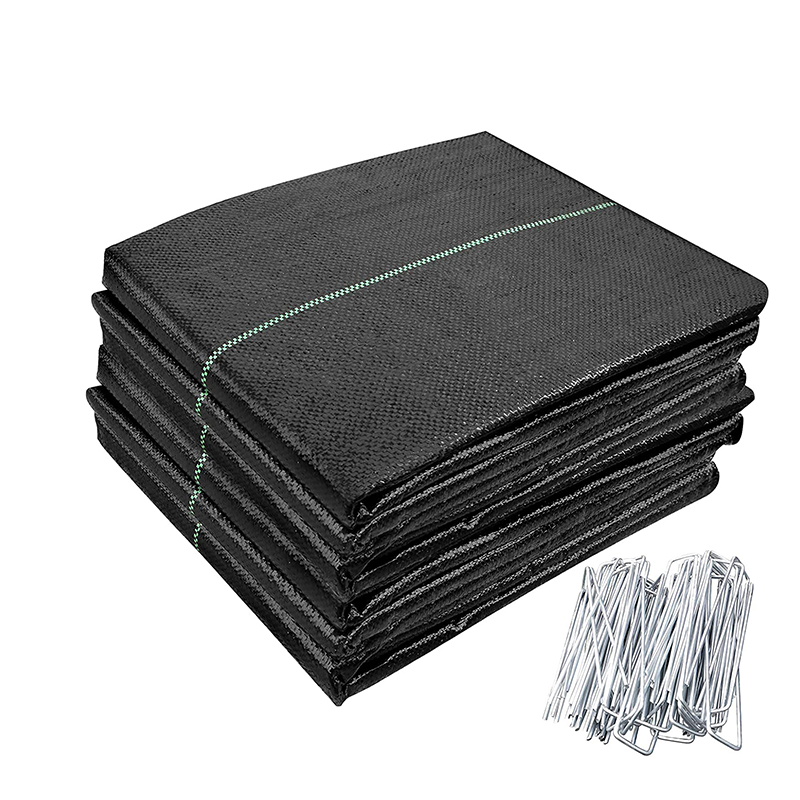
Woven Geotextile/Weed Mat
PP Woven Geotextiles are a series geotextiles made of high-performance polypropylene woven geotextile fabrics combining strength, durability and robust design. All these PP woven g […]
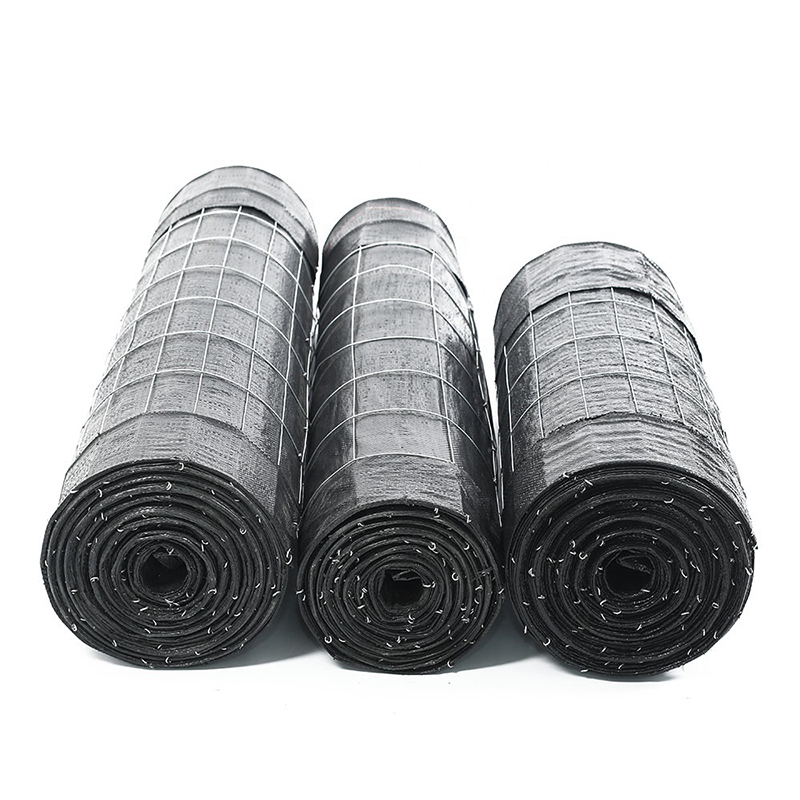
Wire Backed Silt Fence
The Wire Back Silt Fence is a strong erosion control fence designed for areas with demanding silt and erosion control requirements. Offering more strength and stability than a stan […]
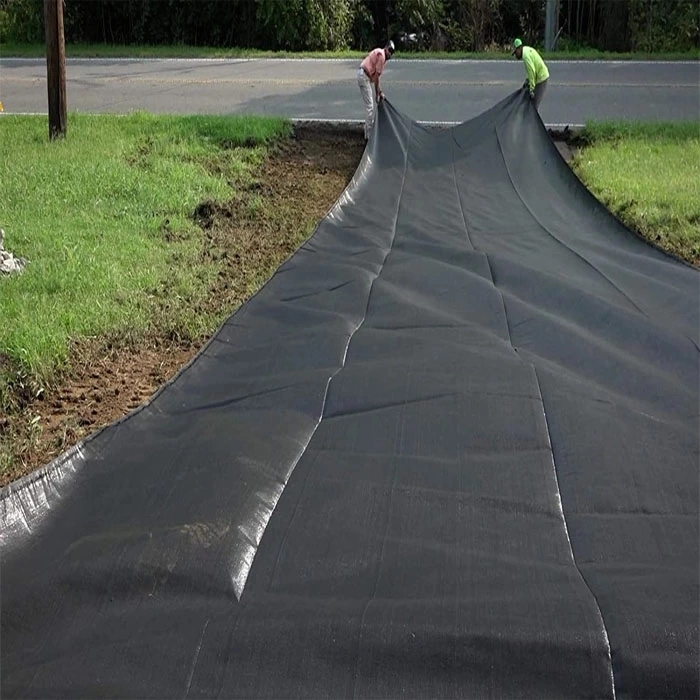
Bluekin Weedmat: Your Secret Weapon for a Low-Maintenance and Beautiful Garden
Are you tired of spending countless hours weeding and maintaining your garden? Look no further than Bluekin Weedmat, the ultimate solution for a low-maintenance and beautiful garde […]
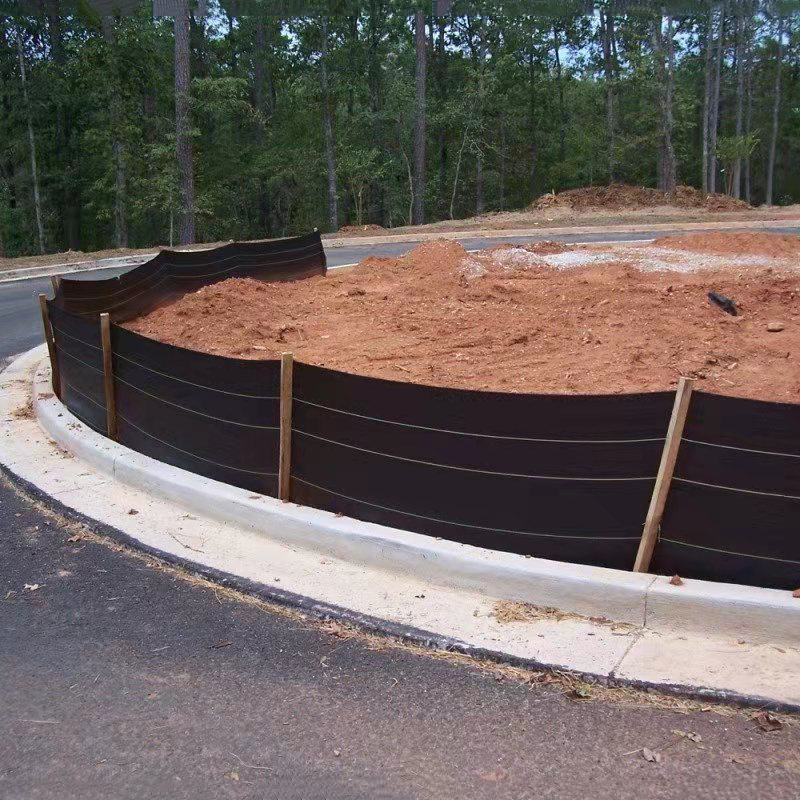
Silt Fence
Product Weed Mat / Ground cover/Slit fence Weight 70g/m2-300g/m2 Width 0.4m-6m. Lengths 50m,100m,200m or as your request. Color Black,Green,White ,Yellow or As your request […]
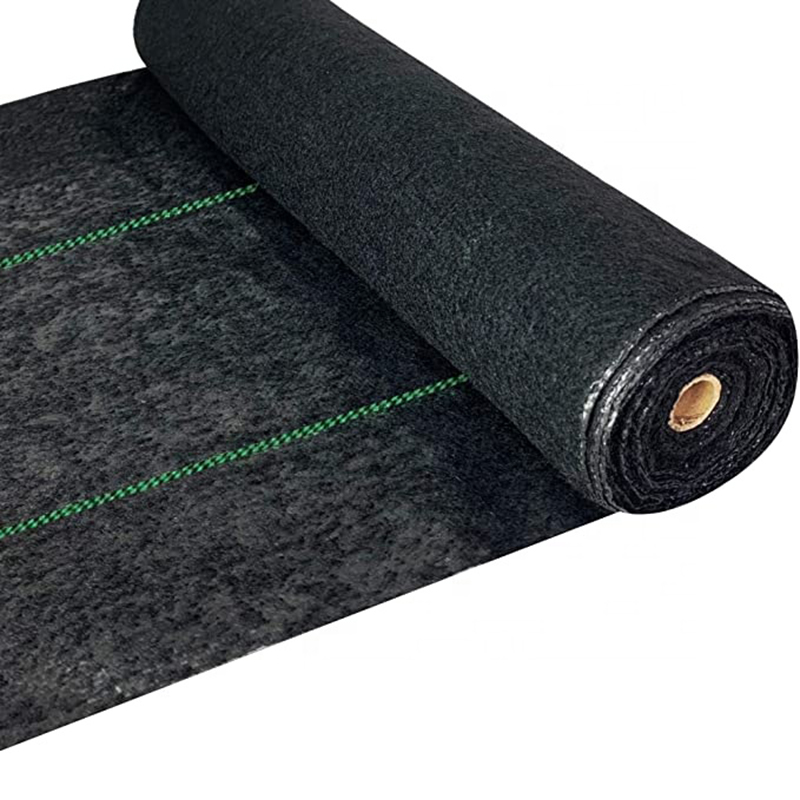
Heavy Duty Landscape Fabric
High Strength &Durability: 5.8oz heavy duty landscape weed barrier fabric, made of tightly woven polypropylene fabric needle which punched with UV-stabilized. 98.7% opaque to l […]
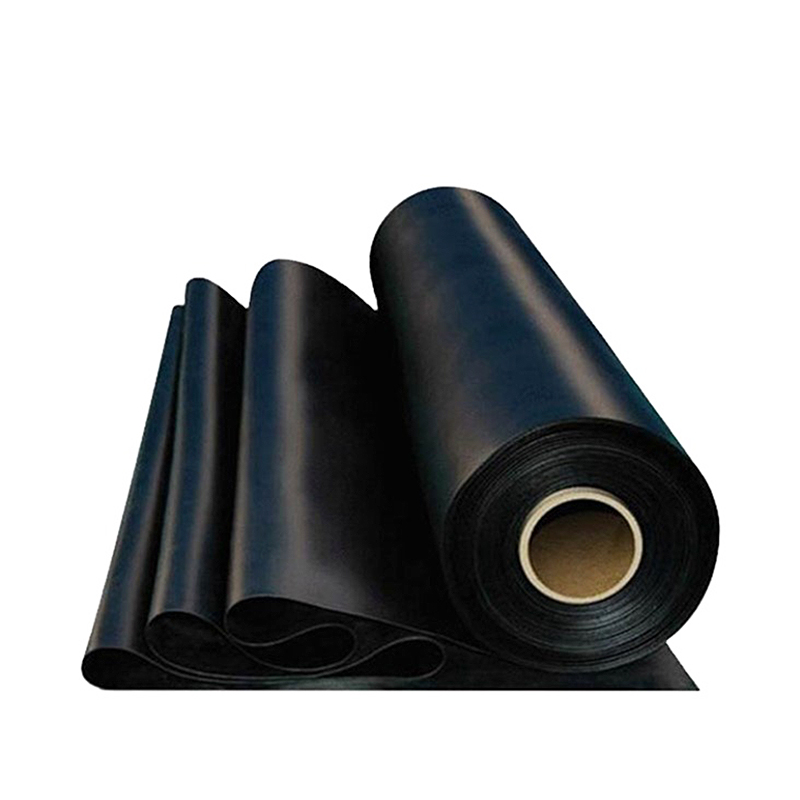
Hdpe Geomembrane
Product Features: They have strong ability for waterproof,anti seepage and isolation, aging resistance, good welding performance, convenient construction, root resistance and other […]
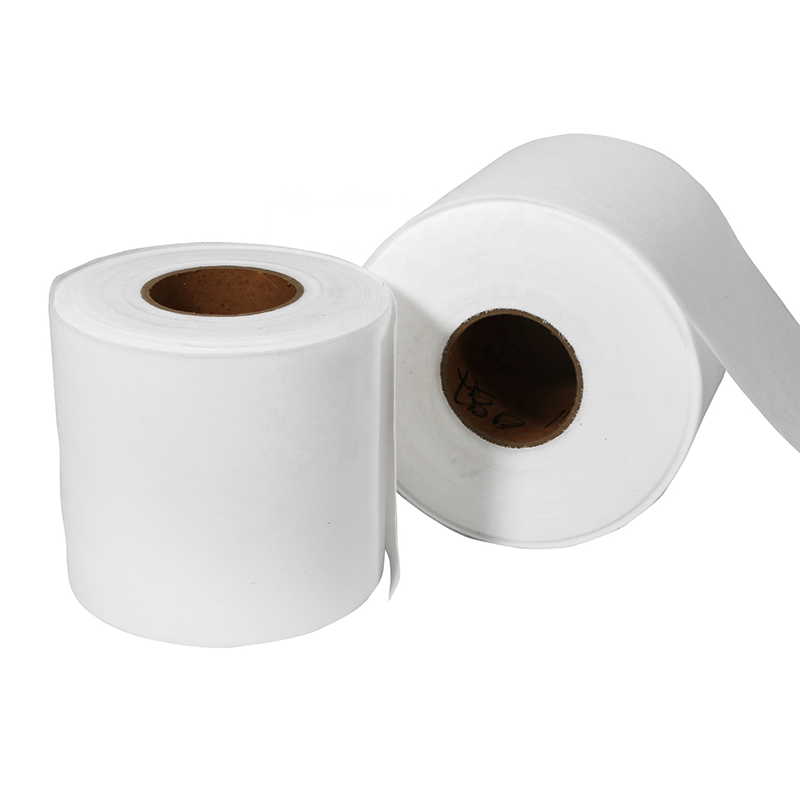
Non-Woven Geotextile
Geotextiles are permeable geosynthetic materials made by needling or weaving synthetic fibers. Geotextile is one of the new geosynthetic materials, and the finished product is clot […]
Post time: 2023-06-30
